
Most people don't know that India is an agricultural power in world markets, says T N Ninan.
Most people are only dimly aware that there is a new revolution taking place in Indian agriculture. Think agriculture and you are likely to think of farmer suicides, loan write-offs by the government, endless subsidies and widespread malnutrition.
All those are relevant images, but there is also a lot of good news, which as in the way of such things tends to get ignored.
The government's latest Economic Survey reports some of it; for instance, growth in the production of fruits and vegetables in the last decade has looked like industrial growth rates, averaging six per cent a year.
...
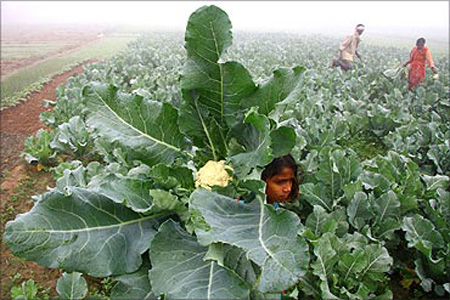
Per capita availability, therefore, has gone up 50 per cent in 10 years - and yet the prices of fruits and vegetables have gone up, pointing to even faster growth in demand.
Milk production is not far behind horticulture, averaging 4.5 per cent annual growth over the decade. Fish exports, meanwhile, have doubled in five years.
There is more. The production of pulses, after stagnating in the 1970s and 1980s and declining in the 1990s, has achieved a dramatic 56 per cent increase in production since 2000-01.
...

Oilseeds production too has soared by 62 per #162 with additional imports, the per capita availability of edible oils has increased by a massive 150 per cent in the last two decades.
Meanwhile, potato production has more than doubled since 2000-01, and maize production has gone up 80 per cent.
Cotton, of course, beats everything, its production climbing from 9.5 million bales in 2000-01 to 35.2 million in 2011-12 - for which, thank the much-criticised Bt cotton.
...
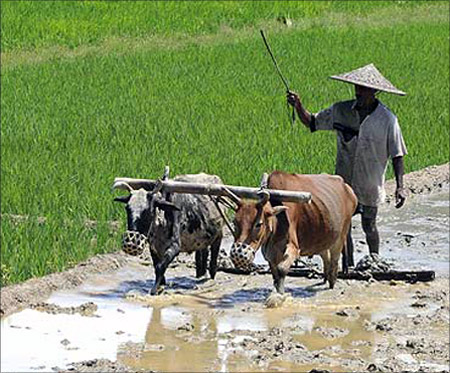
Most people don't also know that India is an agricultural power in world markets.
Although the production of wheat and rice has not gone up as fast as that of other food and non-food crops, output has grown faster than population and, in the process, generated an export surplus.
Taking the trade statistics for the last two years combined, India has become the world's largest exporter of rice (17.75 million tonnes); export shipments of wheat are expected to total over 10 million tonnes during this period. Despite such large-scale exports, the country still has record grain stocks.
...
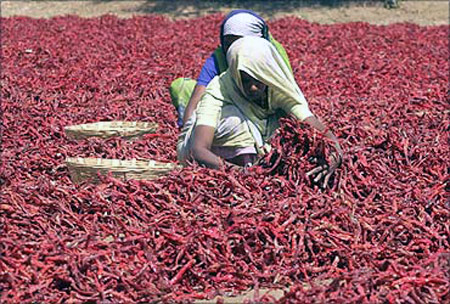
What is one to make of all the good news? First, the farmer responds to price signals and incentives - in recent years, the biggest increases in procurement prices have been for crops other than wheat and rice; and there is a clear, though small, shift in acreage away from these staples.
Second, yields have been improving, so both technology and crop practices have got better.
Third, people are eating better, with a richer, more varied diet that includes more proteins like pulses and milk, more fruits and vegetables, and more cooking oils.
...
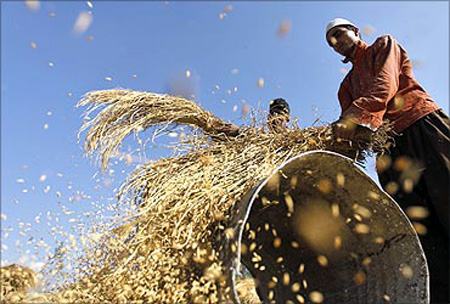
Finally, while there are substantial imports of commodities like edible oils, India is also a substantial agri-exporter of grain, fish and plantation products.
Is it success if, despite widespread domestic malnutrition, the country hoards and exports cereals? After all, the per capita availability (net of stocking and exports) of cereals has not moved up over the years - a criticism made by many.
Yet the evidence is that effective demand is being met.
...
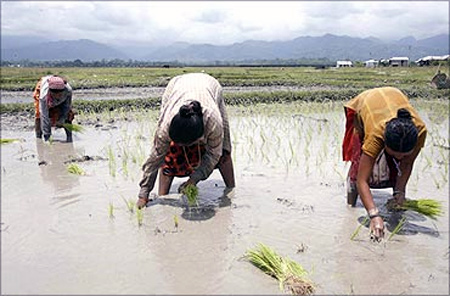
It could be that the majority is eating better, while a significant minority doesn't get enough food - providing the justification for a law on food security.
But in 1984, N T Rama Rao swept the Andhra Pradesh elections with the irresistible offer of rice at Rs 2/kg. Since then, nominal incomes have risen 20-fold, and large numbers have the spending capacity to eat much better.
So does the country really need to provide rice (and wheat) to two-thirds or more of the population at just a rupee more per kg than what NTR proposed 29 long years ago?